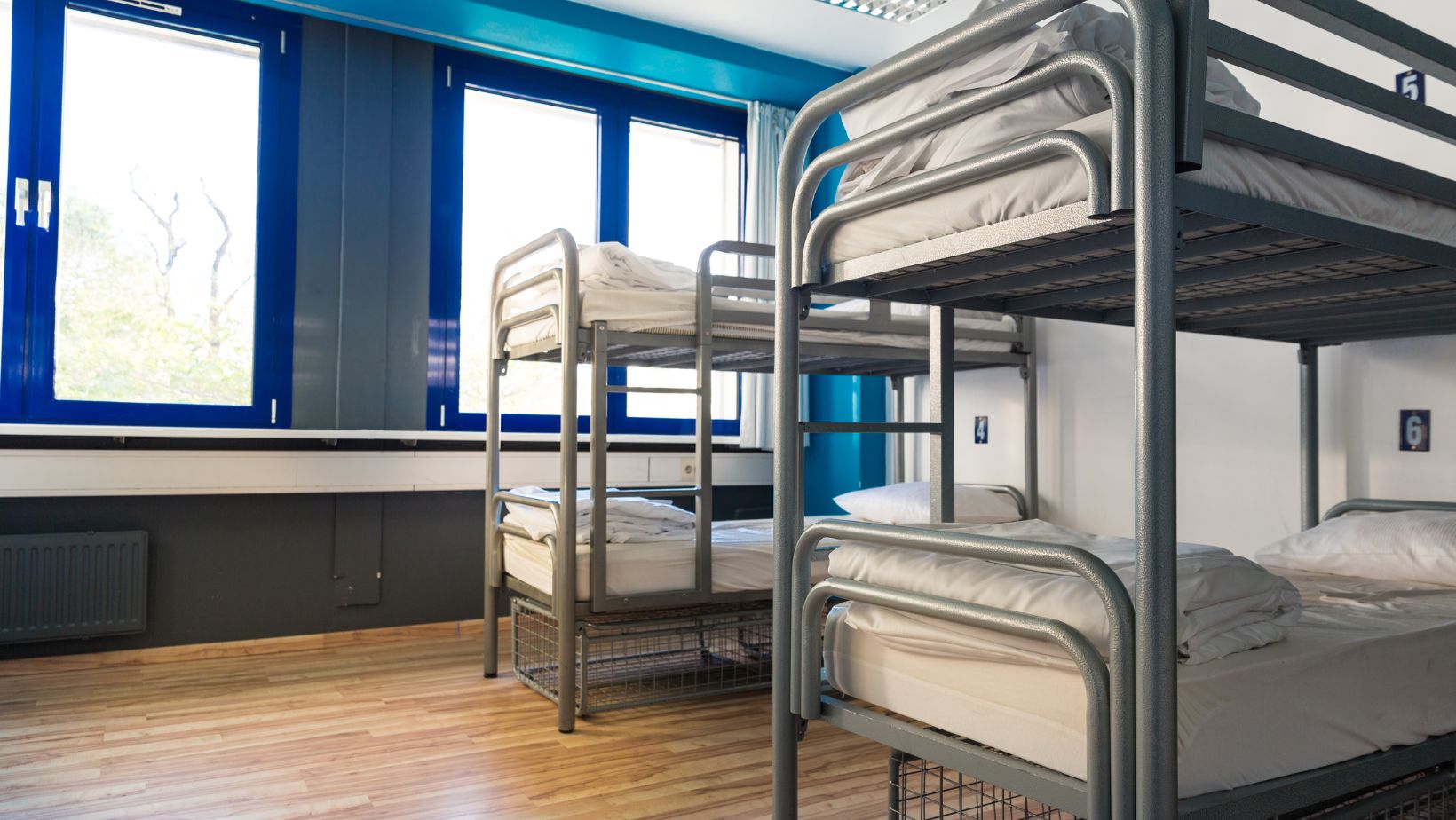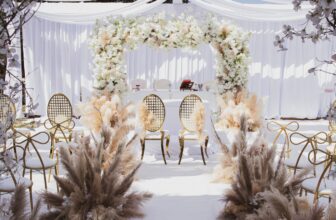
Why Bunk Beds are Always Popular Options for Kids

Benefits of Bunk Beds for Siblings
Bunk beds are the ideal option for siblings sharing a room for various reasons. Firstly, they’re a smart space-saving solution, making the most out of limited room sizes common in many homes. If two children are in the same room, it may be that space is already somewhat limited in terms of storing all their belongings. With one bed stacked on top of the other, you free up valuable floor space for play or storage.
Beyond just saving space, bunk beds can foster stronger bonds between siblings. Sleeping in close proximity can promote bonding and camaraderie, as they share experiences and secrets in the quiet moments before sleep. Moreover, kids’ bunk beds often come with customization options, allowing each child to personalize their sleeping area according to their tastes and preferences. This gives them a sense of ownership while teaching them to respect each other’s space. Importantly, safety considerations are paramount. With proper guardrails and sturdy construction, parents can rest assured that their children are secure while sleeping on bunk beds. These beds are designed with safety in mind, ensuring a worry-free sleeping environment for both parents and children.
Choosing the Right Bunk Bed
When it comes to kids’ bunk beds, there’s more to consider than just stacking beds on top of each other. There are different types to choose from, like standard bunk beds where one bed sits directly atop the other, loft bunk beds that elevate the top bed, and trundle bunk beds with an extra pull-out bed underneath. Each type has its own perks depending on your space and needs. When choosing a bunk bed, size is important – consider both the overall dimensions and the mattresses it can accommodate.
Design is always key to any furniture decision. Consider factors like safety features such as guardrails and sturdy ladders. And of course, we can’t forget about the budget. Thankfully, there are plenty of budget-friendly options out there that don’t skimp on quality. It’s all about finding the right balance between price and durability to ensure a sound sleep for your little ones without breaking the bank.
Ensuring Comfortable Sleep for Both Siblings
Selecting the right mattresses is crucial to ensuring a good night’s sleep for both siblings. It’s important to choose mattresses specifically designed for bunk beds, considering factors like size and thickness for a comfortable fit. Look for mattresses with adequate support and durability to withstand nightly wear and tear. Additionally, prioritize bedding essentials that promote comfort and hygiene, such as soft, breathable sheets made from materials like cotton or microfiber.

Investing in quality pillows and mattress protectors can also enhance comfort and prolong the lifespan of the mattresses. Addressing concerns like noise and movement transfer is essential for undisturbed sleep. Consider mattresses with features like motion isolation or individually wrapped coils to minimize disruptions caused by movement. Using mattress pads or toppers can also help dampen noise and provide extra cushioning for added comfort.
Personalizing Each Bunk Space
Personalizing bunk spaces is about creating environments that reflect the individuals who inhabit them, while also promoting organization and functionality for shared living. One idea is to let each person decorate their area according to their own style and interests. This could mean putting up posters of favorite bands or sports teams, hanging up artwork they’ve created, or adding touches of their favorite colors. By allowing individuals to express themselves through their decor, bunk spaces can become unique reflections of each person’s personality.
Another important aspect of personalizing bunk spaces is creating designated areas for different activities. For instance, setting up a small desk or table for studying can help create a focused environment for homework or reading. Likewise, having a corner with comfy seating and maybe a few board games or books can provide a space for relaxation and leisure time. By delineating specific areas for study, play, and relaxation, bunk spaces can become more functional and conducive to different activities.
It’s also beneficial to encourage siblings sharing bunk spaces to take ownership of their respective areas. This could involve allowing them to choose their own bedding, storage solutions, or decor items for their part of the room. By giving them a sense of autonomy and responsibility over their space, siblings can feel more invested in keeping it organized and enjoyable for themselves and their bunkmates.
Conclusion
Bunk beds offer practical advantages for siblings sharing a room, providing space-saving solutions while fostering stronger bonds between them. Safety considerations are paramount, with sturdy construction ensuring a worry-free sleeping environment. When selecting a bunk bed, factors such as size, material, design, and budget should be carefully weighed.

Ensuring comfortable sleep for both siblings involves choosing the right mattresses and bedding tailored to bunk beds, addressing concerns like noise and movement transfer. Personalizing each bunk space allows individuals to express themselves while promoting organization and functionality for shared living. By encouraging ownership and responsibility over their respective areas, siblings can create a harmonious and enjoyable environment in their shared space.



















































































